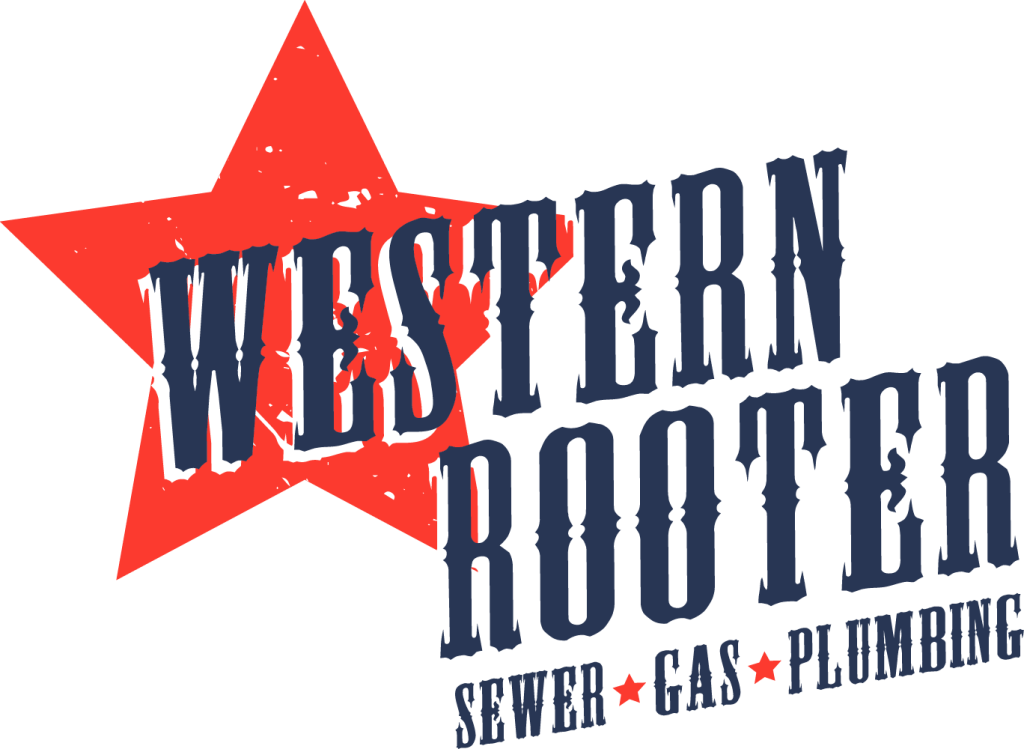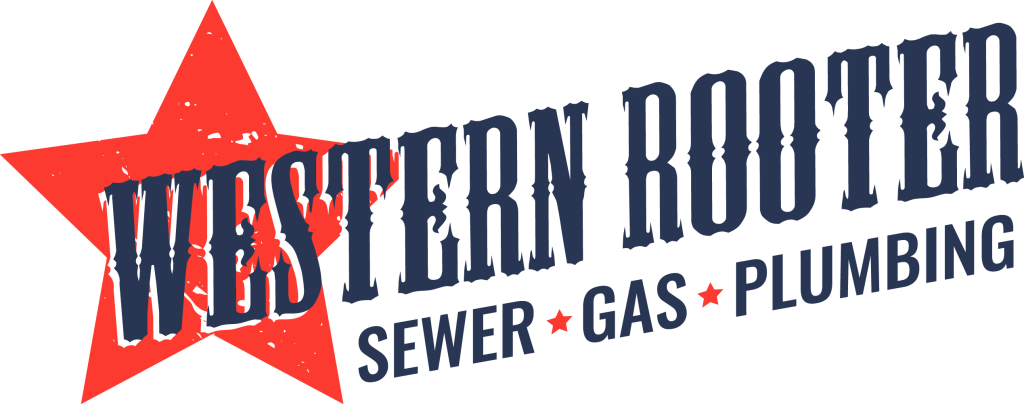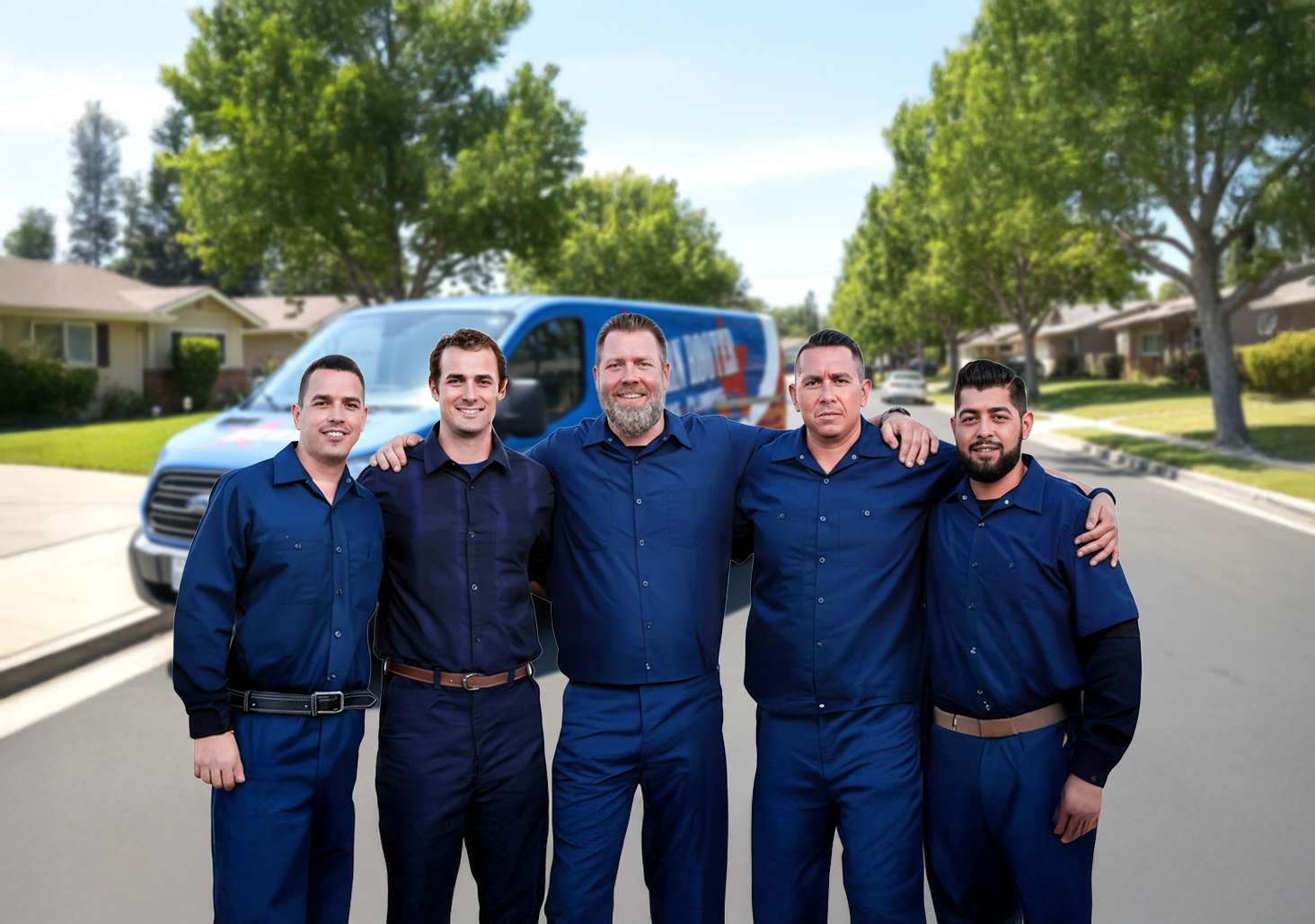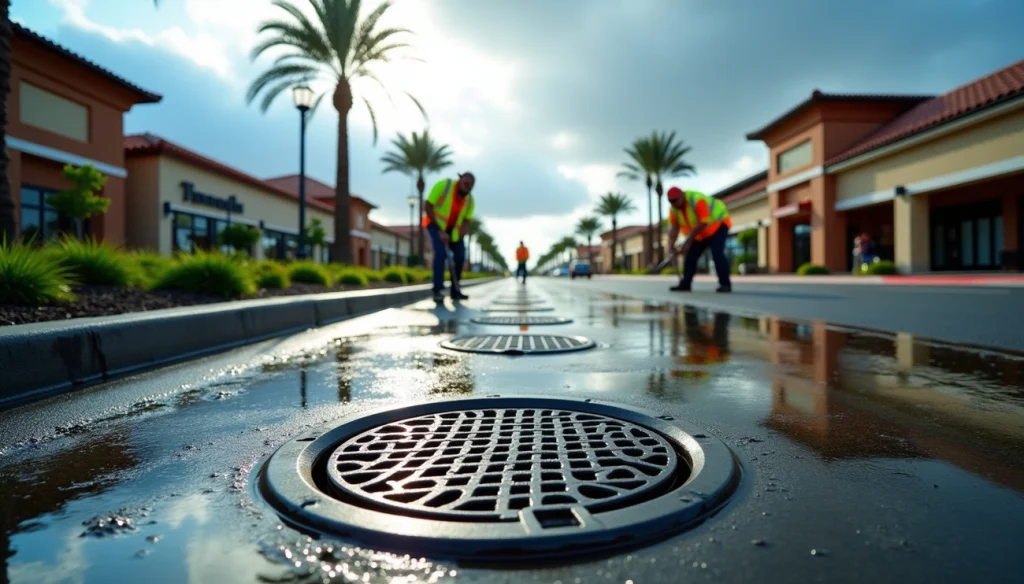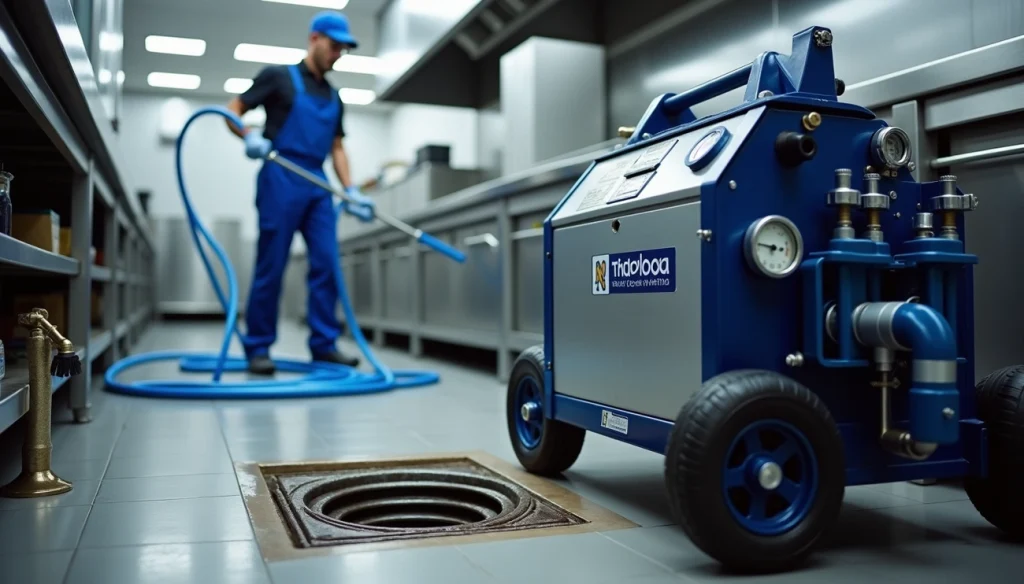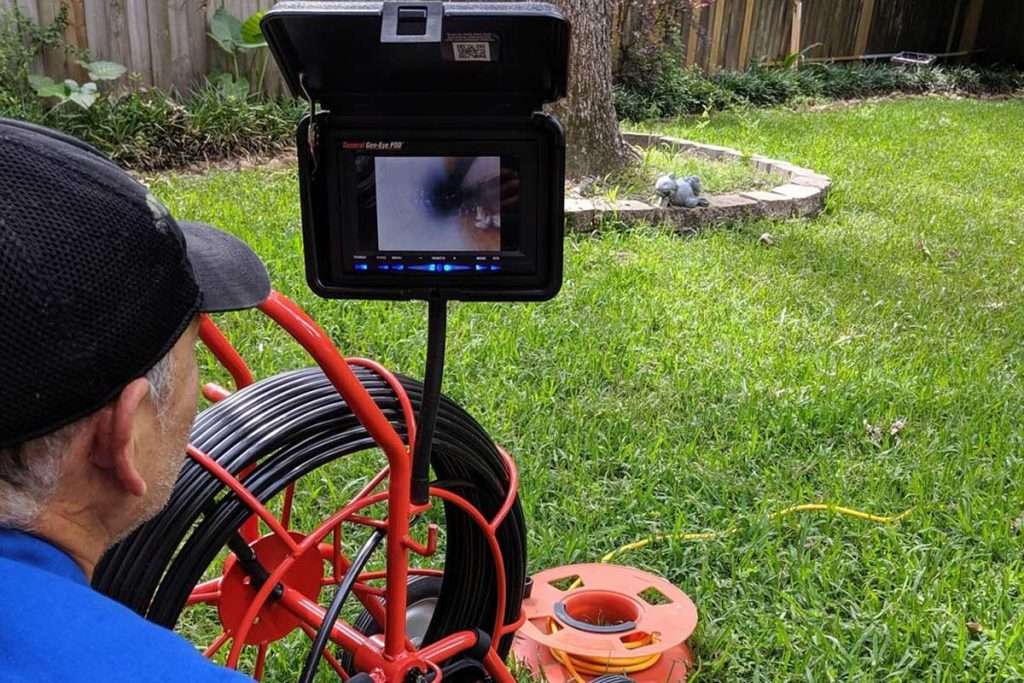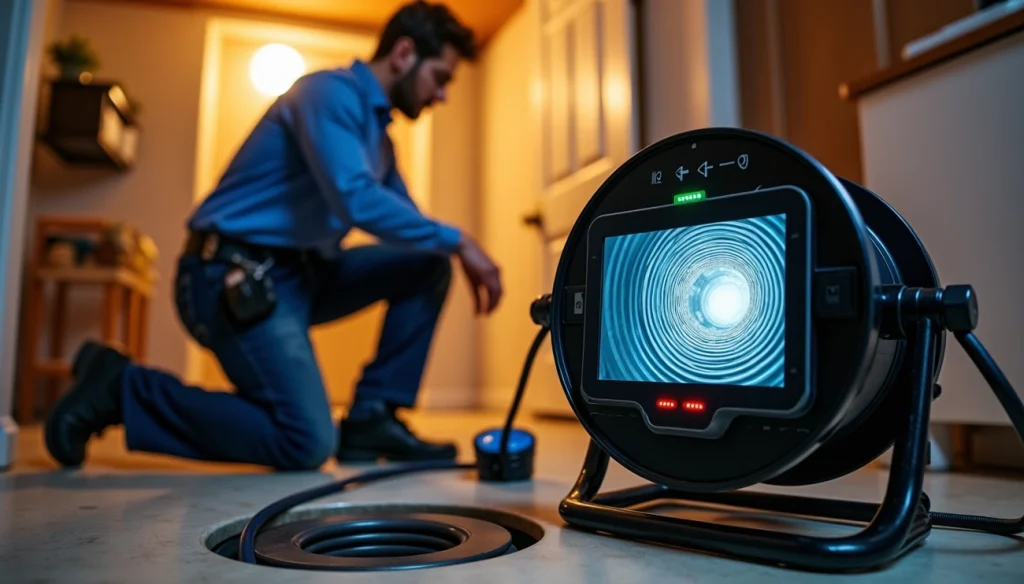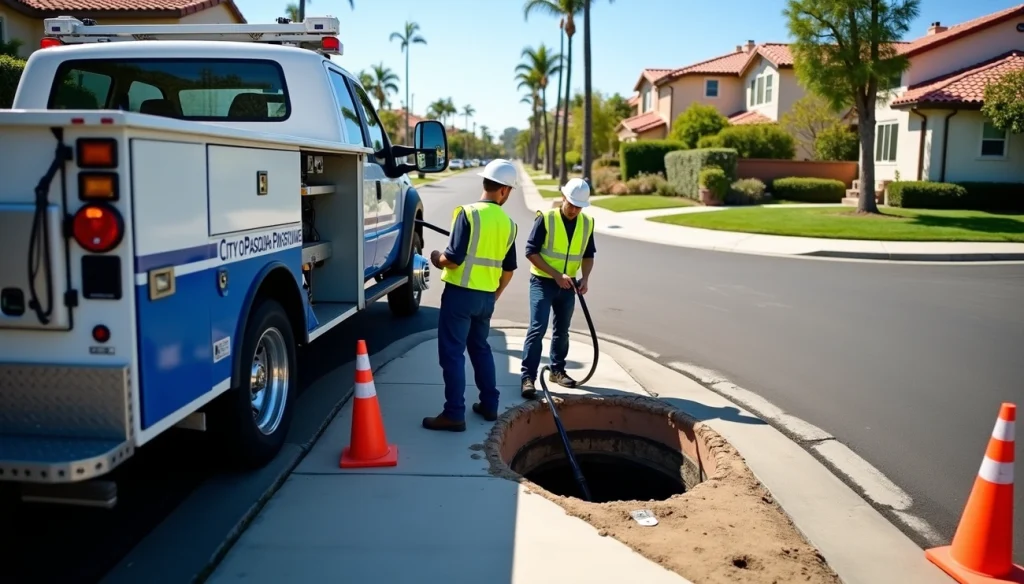Did you know that unexpected sewer line repairs can cost homeowners up to $25,000?
That’s a shocking bill to face right after buying your dream home. But here’s the reality: many buyers skip a sewer inspection when buying a house, only to discover major problems months later. These issues often hide silently underground until they cause expensive emergencies.
A professional inspection sewer camera can spot cracks, tree root invasions, and collapsed pipes before they become your problem. Is sewer camera inspection worth it? Consider this: spending a few hundred dollars now could save you thousands in emergency repairs later.
In this guide, we’ll walk you through everything you need to know about sewer inspections when buying a house – from timing and process to using the results in your price negotiations. Let’s help you avoid those costly surprises!
Why Sewer Inspections Are Critical for Home Buyers
Many homeowners discover sewer problems only after moving in, when their basement floods or drains start backing up. A professional sewer inspection when buying a house can reveal critical issues hiding beneath your future home’s foundation.
Hidden Problems That Can Cost Thousands
What lurks beneath could drain your savings. The average sewer line repair costs $4,000, but complex issues can escalate to $20,000 or more. An inspection sewer camera can detect problems like collapsed pipes, severe blockages, and underground leaks before they become catastrophic expenses.
Age-Related Sewer Line Issues
Homes built before 1980 deserve extra scrutiny. These properties often have clay or cast iron pipes that deteriorate after 50-100 years of service. Clay pipes develop gaps at joints, while cast iron pipes frequently suffer from internal corrosion. Tree roots, attracted to the moisture, can force their way through the smallest cracks, creating massive blockages over time.
Common Red Flags in Older Homes
Watch for these warning signs that suggest serious sewer problems:
- Frequent drain backups and slow-draining fixtures
- Foul odors around drains or in the yard
- Unusually lush or wet patches in the lawn
- Gurgling sounds from toilets and sinks
- Visible cracks in basement walls
- Sudden increases in water bills
Is sewer camera inspection worth it? When you consider that hidden problems can compromise your home’s foundation, create health hazards from toxic gasses, and lead to extensive property damage, the answer becomes clear. The few hundred dollars spent on inspection could save you from joining the many homeowners who face five-figure repair bills shortly after purchase.
When to Schedule Your Sewer Inspection
Timing is everything when scheduling your sewer inspection during the home-buying process. Let’s break down exactly when and how to coordinate this crucial step.
Optimal Timing During Purchase Process
The best time to schedule a sewer inspection is during your home purchase contingency period. This timing gives you maximum leverage – if serious issues are found, you can either negotiate repairs with the seller or walk away from the deal. Don’t wait until after closing, as you’ll lose all negotiating power once you own the property.
Coordinating with Home Inspection
While your regular home inspector will check many aspects of the property, they typically aren’t equipped to perform thorough sewer line inspections. Here’s what you should know:
- Schedule the sewer inspection right after your general home inspection
- Hire specialized professionals with inspection sewer camera equipment
- Request the inspection report before your contingency period expires
- Allow time for additional inspections if problems are found
Weather Considerations for Best Results
Weather conditions can significantly impact the quality of your sewer inspection. Heavy rainfall can make it difficult to spot leaks or damage, while frozen ground might limit access to certain areas. For the most accurate results, try to schedule your inspection during dry weather conditions when possible.
Remember, investing in a proper sewer inspection before purchase could save you from inheriting someone else’s plumbing problems. Is sewer camera inspection worth it? When you consider that it puts you in control of potential repair negotiations, the answer is a resounding yes.
Understanding the Inspection Process
Modern sewer inspection technology has revolutionized how we examine underground pipes. Let’s explore what happens during your inspection and what to expect from the process.
What Cameras Can and Cannot Detect
A professional inspection sewer camera can identify:
- Pipe material types and conditions
- Blockages and obstructions
- Structural damage or cracks
- Tree root intrusions
- Pipe collapses or breaks
However, it’s important to note that cameras cannot detect leaks directly. While they can spot potential leak points, actual leakage requires different detection methods.
Duration and Access Requirements
A typical sewer inspection takes about 20-30 minutes per 300 feet of pipe. The process requires a proper access point, usually through a cleanout located within 24 inches of your home’s foundation. If your home was built in the 1950s or 1960s, the cleanout might not be readily visible, potentially requiring roof access.
Key Areas Inspectors Should Check
Professional inspectors focus on critical areas including pipe joints, transitional points, and areas where roots commonly intrude. They’ll examine the structural integrity of your pipes, looking for corrosion in older buildings and settlement issues that could affect drainage. The inspection also covers shared line connections and potential cross-contamination points between storm and sanitary systems.
Is sewer camera inspection worth it? When you consider that this thorough examination can reveal hidden issues before they become major problems, the investment becomes a crucial part of your home-buying due diligence.
Using Inspection Results in Price Negotiations
Your sewer inspection report can be a powerful negotiating tool when buying a house. Let’s explore how to use these findings effectively in your purchase discussions.
Interpreting the Inspection Report
A thorough sewer inspection report details pipe conditions, potential issues, and recommended repairs. Focus on major concerns like pipe collapses, severe root intrusion, or structural damage. These findings can significantly impact your negotiation strategy and help prioritize which repairs to request from the seller.
Calculating Repair Costs
Sewer repairs vary widely in cost, with the average repair running about $4,000. Get multiple contractor quotes for any identified issues. Common repairs include:
- Hydro jetting for debris removal: $250-$800
- Root removal: $100-$600
- Line replacement: $50-$250 per foot
Negotiation Strategies with Sellers
When approaching negotiations, consider these proven strategies:
- Focus exclusively on major issues requiring immediate attention
- Present detailed repair estimates from reputable contractors
- Request repair credits instead of having the seller complete repairs
- Consider asking for a home warranty if repairs aren’t feasible
Remember, sellers often prefer offering price reductions rather than completing repairs themselves. This arrangement can benefit you as the buyer, allowing you to choose your own contractor and oversee the repair process. If the seller refuses repairs, you might negotiate a lower purchase price based on documented repair estimates.
Conclusion
Sewer inspections stand as a crucial step in the home-buying process that many buyers overlook. Smart homeowners recognize that spending a few hundred dollars on professional inspection now prevents thousands in emergency repairs later.
Professional sewer camera inspections reveal hidden problems like pipe collapses, tree root invasions, and structural damage before they become catastrophic expenses. Armed with detailed inspection reports, buyers gain valuable negotiating power to either secure repairs or adjust purchase prices appropriately.
Remember that timing matters – schedule your sewer inspection during the contingency period when you have maximum leverage. A thorough inspection, combined with proper documentation and repair estimates, protects your investment and helps avoid those dreaded post-purchase plumbing emergencies that could drain your savings.
